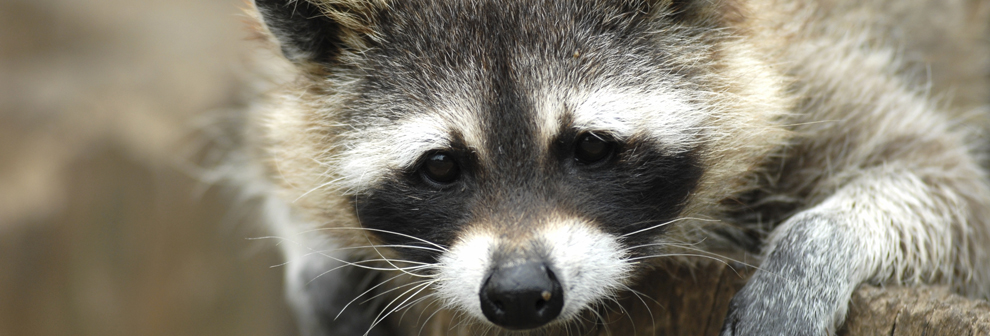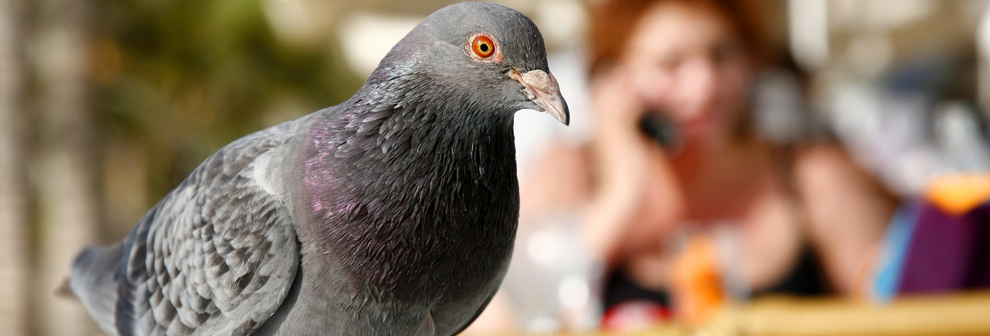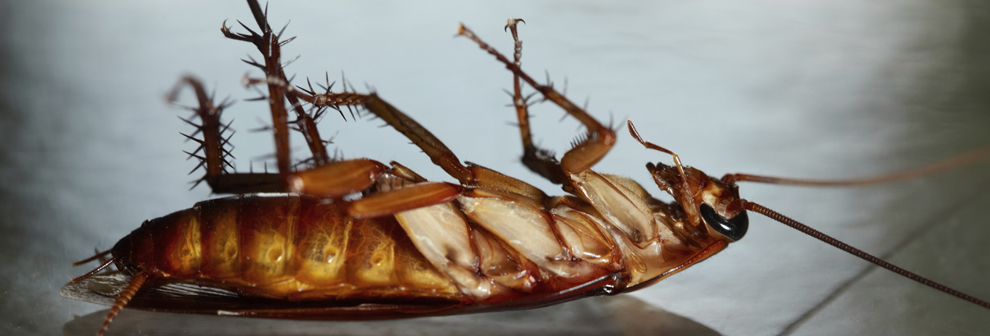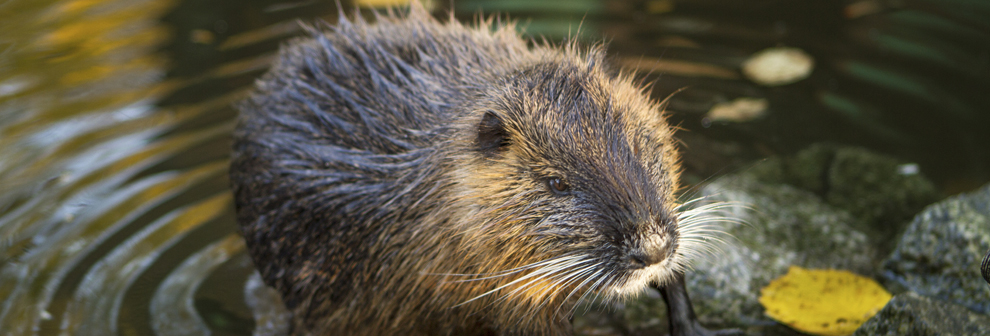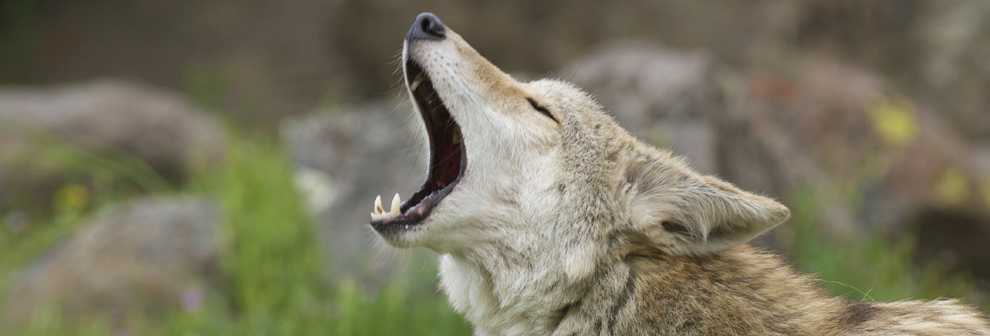Identification
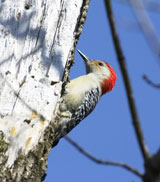
The migratory bid act requires special permission from the federal government before attempting any type of woodpecker control other than hazing and harassing. These permits may not be issued to all parties that seek them. Urban Wildlife Control has other methods of woodpecker removal to stop woodpecker damage.
How, When and Why They Become a Nuisance
Drumming
During courtship, most male woodpeckers claim their territory through flight displays, calling and/or drumming. Surfaces for drumming, a form of communication between woodpeckers, are readily available in our urban and suburban areas. Wood siding, cedar siding, chimneys, chimney caps, rain gutters, down spouts and vent caps provide an excellent platform for this “drumming” practice. While little damage may occur, the “drumming” can be very annoying.
Most drumming activity, in Georgia, starts in early spring and will taper off by early July. Woodpecker control and woodpecker removal is most common during this peak season. Although, in greater Atlanta, it is not uncommon for woodpeckers to damage homes year-round.
Feeding
Wood on your home is one of the major sources of insects that woodpeckers seek as food. Wood used in man-made structures may contain this food source even if it is a utility pole, fencepost or wood siding on a house or chimney. They will actively search for insects or other food and this means pecking or chipping the wood or stucco.
Woodpeckers feeding on homes can be very damaging. Woodpeckers will drill holes in wood (cedar, pine, etc) and synthetic stucco (dryvit) siding, eaves, soffits and decks. Common insects woodpeckers feed on are Carpenter Bees, Paper Wasps, Carpenter Ants, Argentine Ants, Ladybugs and other beetles. Anytime woodpeckers have taken an interest to your home or building, determining the presence of these, or other insects can help speed up the process of bird control.
Nesting
Woodpeckers that utilize a building for feeding and drumming may also nest there. Nesting holes may be hammered completely through wood, siding or stucco. Often a number of these cavities will be started until the bird finds a suitable site for a nest.
Atlanta, Georgia Woodpecker Removal & Woodpecker Control: Management of Nuisance Birds
Successful control is dependent upon early recognition of damage and immediate action. The longer corrective action is delayed, the more difficult it will be to stop the bird’s activity. First, a check for the presence of insects must be done since this food source may be the main attraction for woodpeckers. If insects are present, such as carpenter bees or wasps it would be important to initiate an insect pest control program to eliminate and control whatever insect is attracting the bird. Just trying to scare woodpeckers, or any bird for that matter, is nearly impossible as the presence of food is nearly overwhelming.
Scaring or hazing woodpeckers may be successful if started promptly. The scaring method relies upon the woodpecker to respond to danger or an unpleasant experience. Woodpeckers may be excluded from some surfaces by covering the area with plastic, nylon netting or hardware cloth. Due to federal regulations, trapping and removal of the nuisance bird is the last resort.
Leathal trapping or live capturing of woodpeckers can only be done once a special depredation permit from State and Federal wildlife agencies has been obtained (it would be advantageous to contact a professional animal removal service before attempting to acquire this). Trapping a woodpecker requires at a minimum; the legal permit, a ladder to reach the affected area, special traps and bait and the knowledge on where and how to set the trap.

